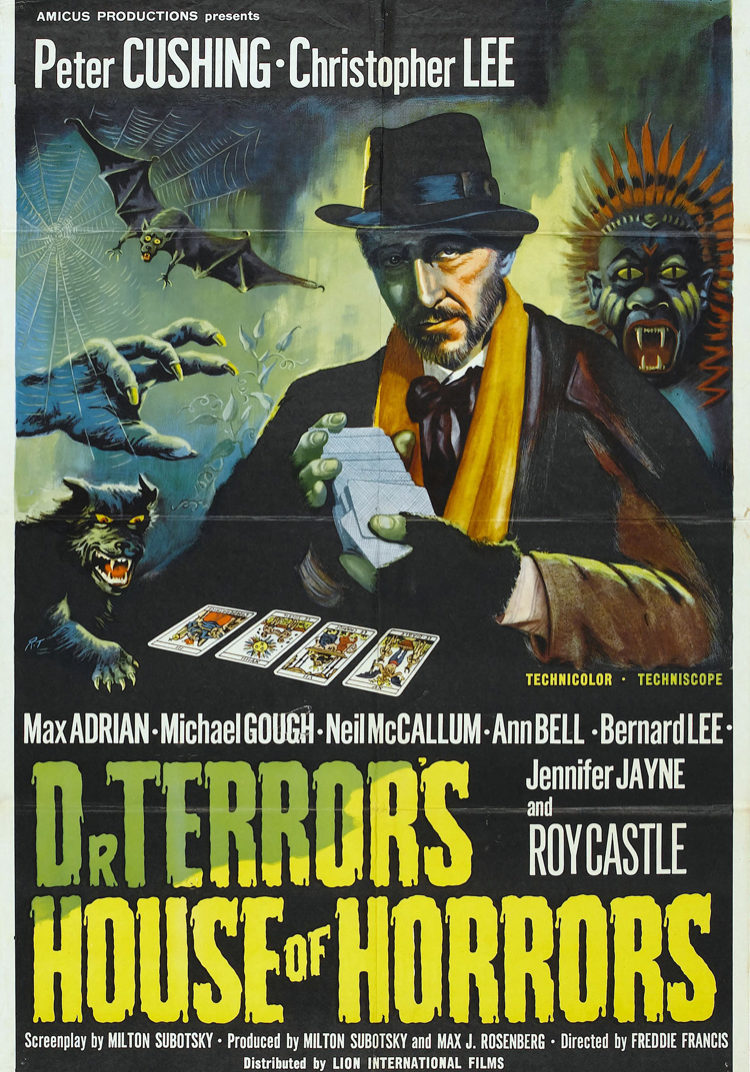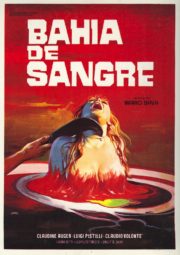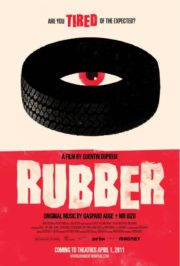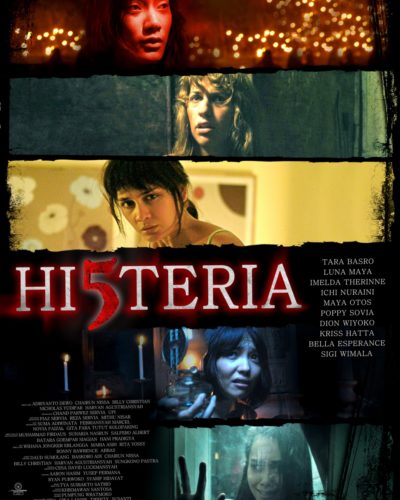A Ghoulish Journey through the Macabre: “Dr. Terror’s House of Horrors”
“Do you believe in fate?” This chilling question, posed in Freddie Francis’s “Dr. Terror’s House of Horrors” (1965), invites viewers into a world where destiny intertwines with terror. In a bricolage of horror vignettes narrated by the enigmatic Dr. Schreck (Peter Cushing), five strangers on a train find their fates unveiled through a set of tarot cards. The lurid tales of werewolves, creeping vine, voodoo, dismemberment, and vampirism unfold, each a spine-tingling world unto itself.
The Chilling Canvas
The atmosphere in “Dr. Terror’s House of Horrors” thrives not on outright horror but on a slow build of dread punctuated by moments of shock. The mood is wonderfully set through dimly lit train compartments and stark, shadowy visuals that herald the imminent doom. The film employs suspense through anticipation, as viewers, like the characters, await the resolution of their revealed destinies with morbid curiosity.
The director, Freddie Francis, renowned for his work in the horror genre, masterfully orchestrates tension and fear. Often, the true horror is not just in what’s seen, but in what’s hinted at, lurking just out of sight. Francis knows when to let the audience squirm in the anticipation of terror, and when to deliver the final, gasping reveal.
Visceral Visions and Eerie Audio
The film’s cinematography is classic and effective, using lighting and camera angles to create a sense of claustrophobia and unease. While not overly reliant on special effects, it uses them with a deft touch, ensuring they serve the story rather than detract from it. One particularly memorable technique is the use of vivid, almost lurid color in certain scenes, which heightens the sense of unreality and alarm. The distinctive visual style contributes to the anthology’s haunting and surreal quality.
The soundtrack, with its dissonant strings and jarring crescendos, skillfully complements the visuals, enhancing the terror at key moments. The use of silence is equally adept, creating a palpable tension that often culminates in a shock to the system. Sound effects, from the rustling of ominous foliage to the distressing echo of a voodoo drum, forge an experience that is as much about auditory horror as it is visual.
Acting Amidst the Abyss
The ensemble cast, including Christopher Lee and Michael Gough, deliver compelling performances. The characters, although perhaps not deeply developed, are believable in their mounting horror as they confront their inescapable destinies. The actors navigate the fine line between ’60s horror melodrama and genuinely affecting terror, grounding the supernatural elements in human emotion. It is their reactions that often amplify the horror, making the monstrous and the macabre feel personal and urgent.
The different tales cater to various horror archetypes, from lycanthropy to arcane curses, achieving a smorgasbord effect that has something to unsettle everyone. The movie flirts with the motifs of body horror and the supernatural, but its primary aim is psychological—a peek into the fear of the unknown and the inevitability of fate.
Impacting the audience through a blend of anticipation and revulsion, the movie sways between setting traps for the mind and delivering full-frontal assaults on the senses. Yet, the structured pace and knowing restraint prevent it from descending into gratuitous gore or cheap thrills. Instead, it remains a well-crafted frightfest that knows the value of subtlety and suggestion.
Enduring Lessons in Terror
Beneath the macabre entertainment value, “Dr. Terror’s House of Horrors” serves allegorical undercurrents about hubris, ethics, and the ominous hand of destiny. Without being overly didactic, it invites viewers to ponder larger existential questions, using horror as an avenue for exploration. This layering adds to the film’s resonance and elevates it from a merely momentary scare to an enduring conversation piece.
As a product of its time, “Dr. Terror’s House of Horrors” may not elicit visceral fear in the modern, desensitized viewer, but it holds up as an innovative approach to the anthology format and a touchstone for atmospheric filmmaking. It thrills more with psychological tension than modern horror’s often graphic content. Fans of classic horror and those who enjoy a slow burn of suspense will find themselves at home in Dr. Terror’s ghastly carriage.
When it comes to a critical place within horror, this film stands as a testament to a bygone era’s style and approach to storytelling. While it may lack the finesse and complexities of contemporary horror classics, it offers a revealing snapshot of the genre’s evolutionary journey, a journey that can be thrilling for both seasoned aficionados and newcomers to the genre alike.
In conclusion, “Dr. Terror’s House of Horrors” is a gripping collection of tales that may not be relentlessly frightening but are certainly capable of delivering chills. It’s an anthology that respects the intelligence of its audience while providing enough supernatural spectacle to entertain. Its strengths lie in atmosphere, performance, and stylistic flourishes, and while some mechanics may feel antiquated, they are executed with a charismatic confidence that endures. For fans of vintage horror or those curious about the genre’s storied past, Dr. Terror’s twisted tales are well worth the ticket for this eerie expedition into fear.
Content Warning: While the film is not explicit by modern standards, it contains themes and visuals of horror that might be unsettling for sensitive viewers.




